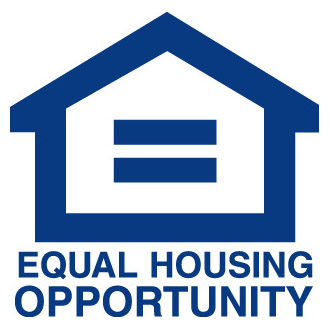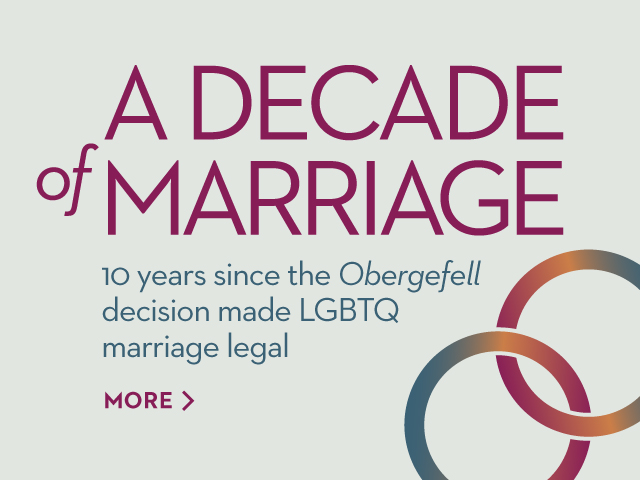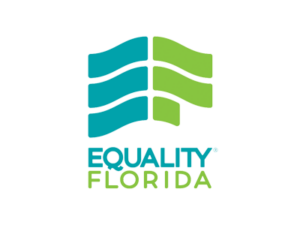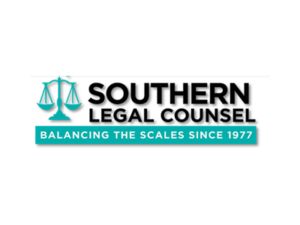
The newly promulgated rule is historic and comes at a time when marginalized communities have been rocked by repeated confrontations with police. It aims to create stronger, healthier communities by requiring HUD and its program recipients to promote fair housing and provides jurisdictions with the means to fulfill that legal obligation by tracking the incidence of housing discrimination throughout the country. Implementation of the rule will provide much needed geographic and demographic data to help reveal the extent of housing segregation. Using that data, HUD will require jurisdictions to assess their efforts to reduce housing disparities and certify in writing their plan to tackle segregation. Jurisdictions will develop plans to overcome the barriers to fair housing in their communities with HUD’s assistance.. The rule allows and encourages collaboration with community partners and leaders in order to address the specific, unique needs of each locality. Because the rule requires individualized assessments of housing segregation by geographic location, it will allow flexibility in tackling housing inequities. This is important because different communities will require different strategies. Rather than a top-down approach, the rule empowers jurisdictions to create strategies tuned to the realities of their communities.
Unfortunately, the new rule does not expressly require tracking of housing discrimination based on sexual orientation or gender identity, even though HUD has previously recognized that the FHA’s prohibition on sex discrimination includes discrimination against LGBTQ people. Additionally, HUD has an Equal Access Rule, which prohibits discrimination on the basis of sexual orientation, gender identity, and marital status in public housing programs and services.
To ensure that LGBTQ people are fully protected under the FHA, Congress must amend the Act to specifically prohibit sexual orientation and gender identity discrimination. Such change would allow much needed documentation and recognition of housing discrimination in the LGBTQ community, including by requiring tracking of anti-LGBTQ discrimination under the new AFFH rule. It would hold jurisdictions accountable and oblige them to assess the impact of housing discrimination on LGBTQ individuals and families and to take action to prevent it.
Nevertheless, even without that express requirement, this week’s new rule will benefit LGBTQ people in some important ways:
- Because the rule encourages partnership with community leaders, some jurisdictions may choose to document LGBTQ housing discrimination, which could provide important evidence supporting the need to update the Fair Housing Act.
- Many LGBTQ people experience housing discrimination based not only on their sexual orientation or gender identity, but also on other covered bases, including race, color, religion, sex, national origin, disability, and familial status. The documentation and assessments required by the new rule will benefit many LGBTQ people by reducing these types of discrimination.
While not perfect, this final rule is a victory for racial justice and fair housing communities, and it will help pave the way to a broader, more robust FHA that protects the right to fair housing for all people. The onus is now on Congress to update existing legislation to include express antidiscrimination provisions aimed at protecting the LGBTQ community.










